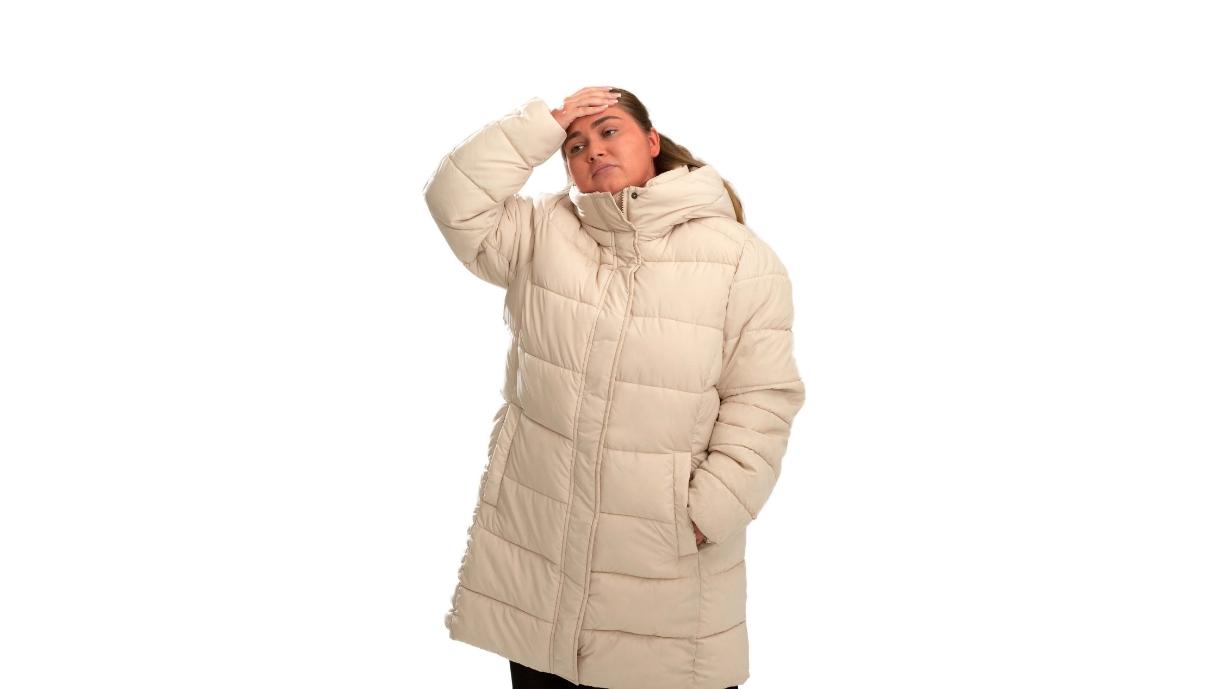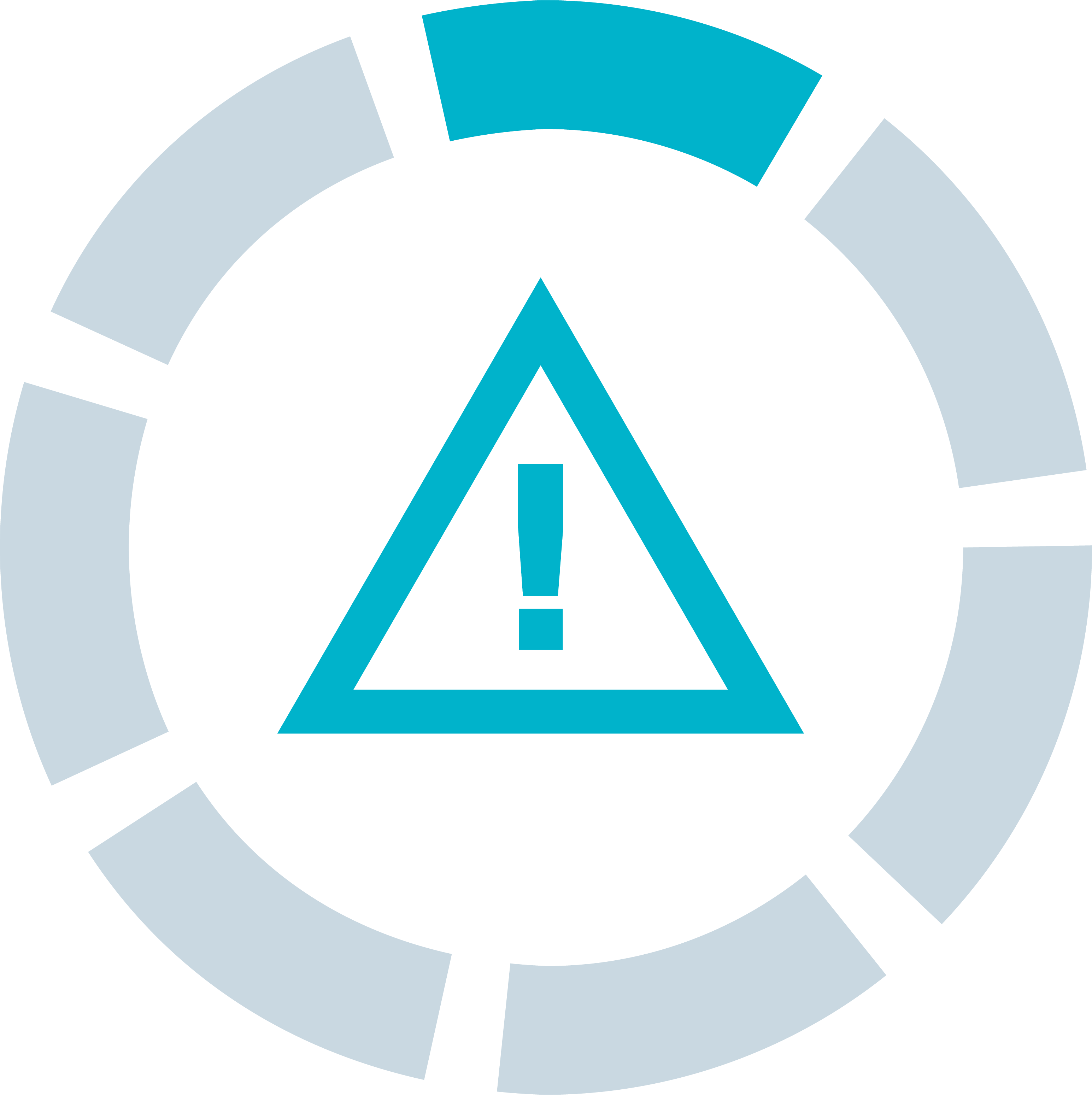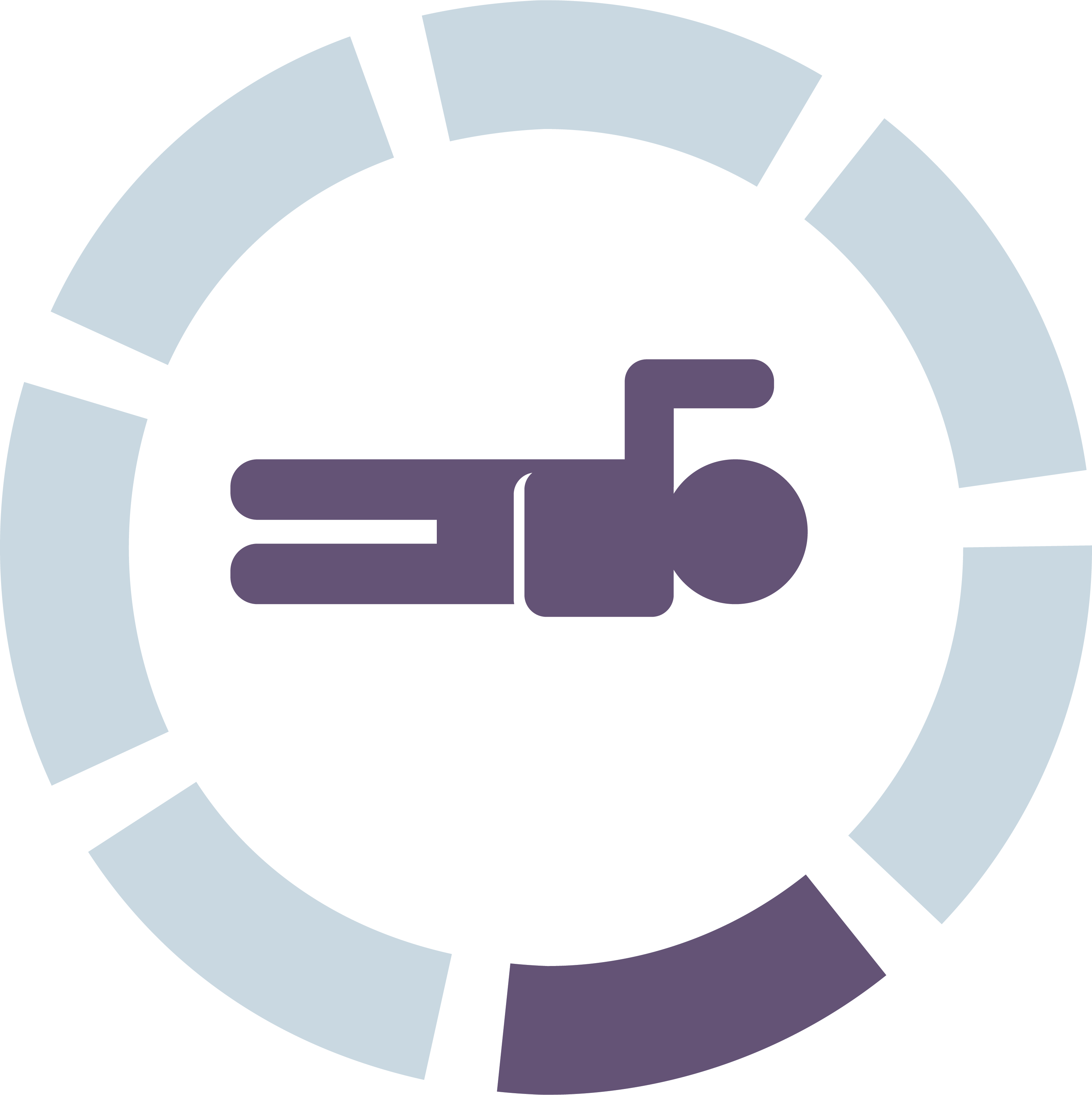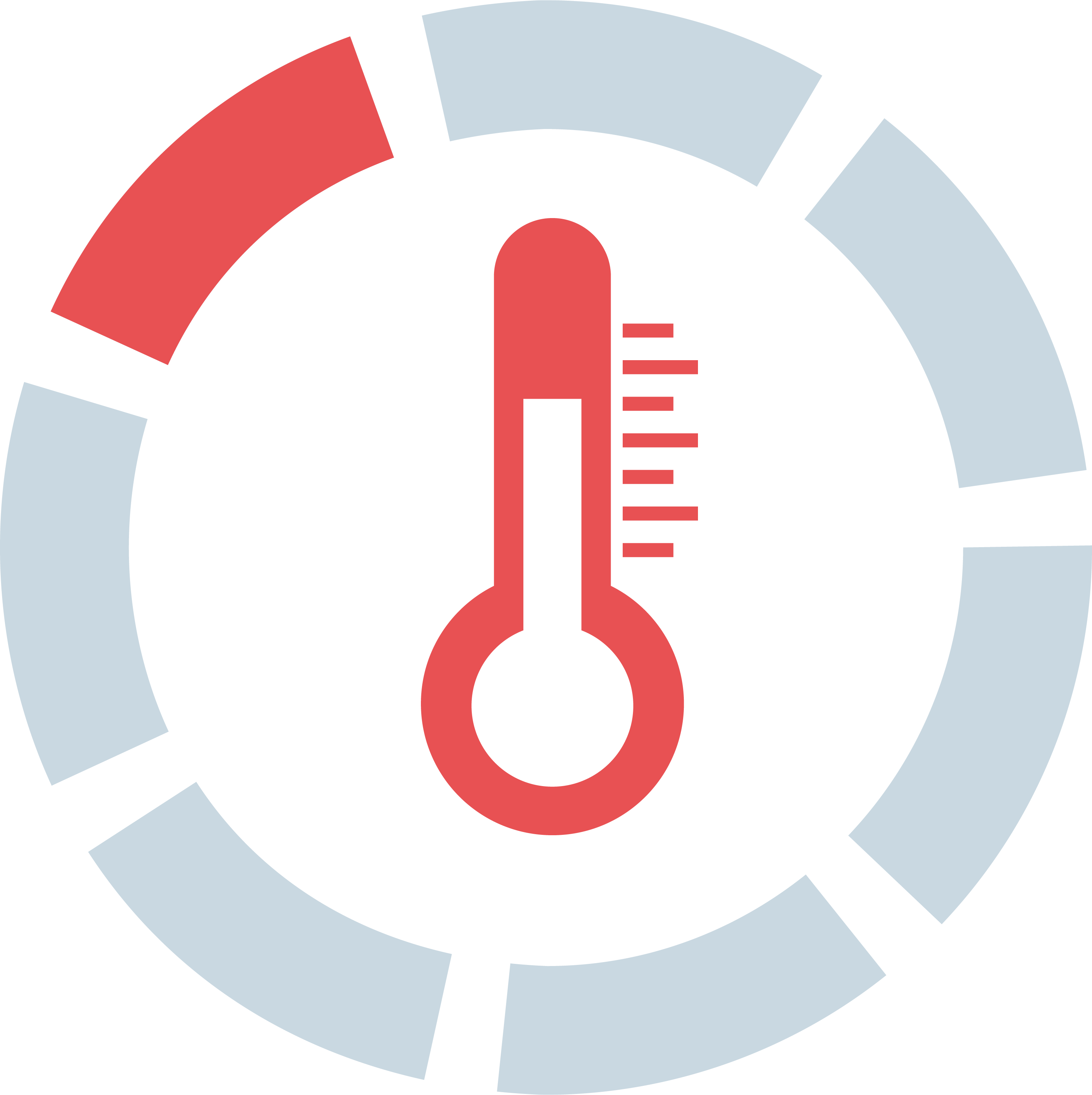Heat stroke

Goal of first aid:
Lower elevated body temperature through external cooling methods.

SAFETY FIRST






Personal protection: Is there a dangerous situation? Move the person to a shaded, cool environment.
Gloves: Protect yourself and others: put on disposable gloves.


CONDITION CHECKING





See: Red, dry skin all over the body, inappropriately warm clothing, fatigue, possibly an unsteady gait.
Hear: Signs of heat exposure or minimal responsiveness, altered consciousness, disorientation, dizziness, headache, nausea, and vomiting.
Feel: Skin that feels hot and dry to the touch, resembling a fever.



CALLING FOR HELP




Emergency call 112: Make an emergency call.
The 5 W questions:
Where did the accident happen?
What happened?
How many people are affected?
What injuries?
Wait for further questions!
Use speakerphone: Turn on your phone’s speaker to keep your hands free.
Do not hang up: End the call only when the control center tells you to.
Involve bystanders: Have them bring a first aid kit.
Report condition changes: Inform the control center if the person's condition changes.




POSITIONING



Position: Keep the upper body elevated in a shaded area.





WOUND DRESSING


As needed: If injuries are present, dress them accordingly.






COMFORTING

Don't leave: Stay with the person. Your presence and kind, encouraging words can help.
Listen: Listen actively, respond to their fears and worries, and show that you're there for them.







TEMPERATURE MANAGEMENT
Regulate temperature: Remove inappropriate warm clothing. Cool the entire body using cold and moist compresses or liquids. Continue cooling even if the person is unconscious—do not attempt to warm them.

